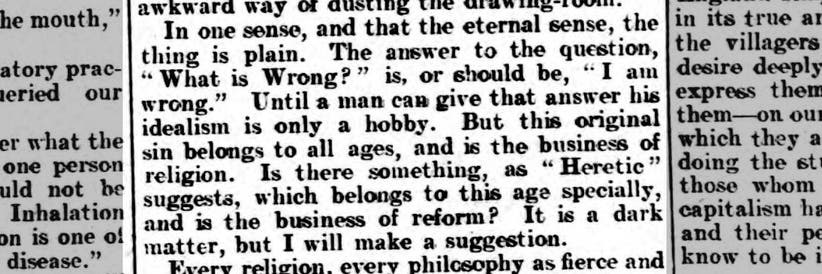


Retired physicist, after a career in machine learning & stats mostly for cancer drug discovery. Now blogging about stats in the news.
Avatar: convergence basins in the complex plane of Newton's algorithm searching for the cube roots of unity. (After a NYT column by https://mathstodon.xyz/@stevenstrogatz, long ago.)
Header: Quote from GK Chesterton, London Daily News, 1905-Aug-16 on epistemic humility and the ability to say "I am wrong" as the foundation of idealism.
This profile is from a federated server and may be incomplete. Browse more on the original instance.